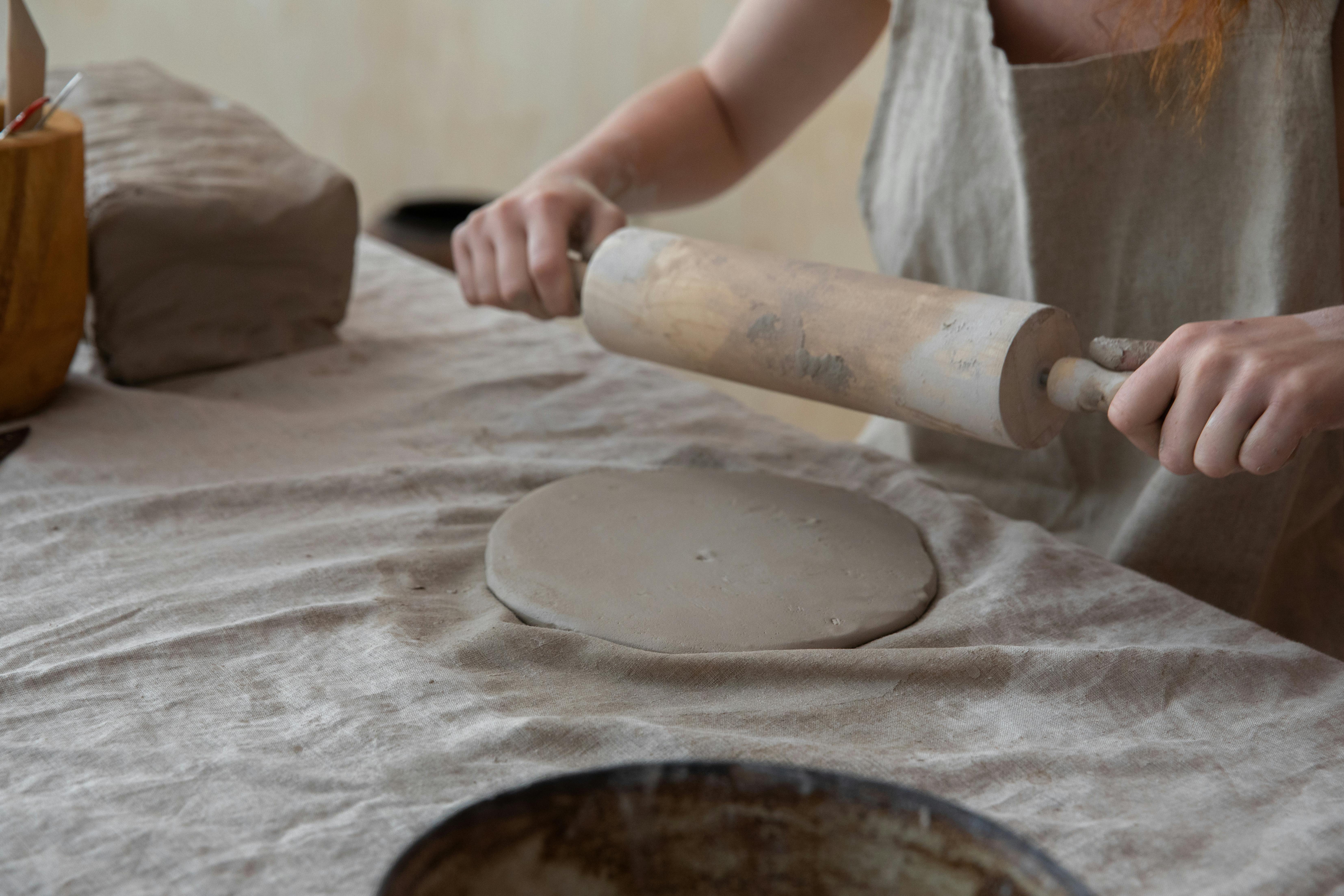
Customers often have hidden objections that they won’t share with a seller unless a question is asked directly. These obstacles directly affect our ability to close effectively with minimal negotiations. Discovering and closing these objections is critical to the sale. The key to this process is asking high-quality questions. Although many smaller trial closures are used throughout a presentation, there are 4 important selling points for using a trial closure before moving on to the next step in a presentation.
1. After an internal presentation.
2. After an outdoor performance.
3. After a demo drive (if motorized).
4. Before entering to write a deal.
The word clues for the closing of the test are simple and flexible. However, timing is critical. We must never move on to the next step; inside, outside, etc. until we have tried to uncover any hidden objections.
Side note: I don’t think there is a right or wrong order in which to do a proper features-benefits-benefits presentation. But we cannot omit any part of a presentation or we are lowering the value of what we are trying to sell. Higher close rates are achieved when the value of the RV has exceeded the price before we write the deal.
If a customer expresses interest, for example, in the interior features of the motorhome (floor plan, kitchen, etc.), that’s where you should start. It should show a feature or two at most, in addition to offering the budget picking technique discussed in a previous post, our training class, and in our sales products, to make sure the customer is within their budget, before proceeding. with your presentation.
Once the client has been placed within budget, we can proceed with our presentation. After completing the inner presentation, do not move to the outside, or vice versa, without using a trial closure like; “After looking at the interior features of your new (motorhome, trailer), do you think this is going to meet your needs? Meet your expectations? Solve some of the challenges you have with your current RV?” etc. Then shut up and wait for an answer. If the customer answers “Yes”, it is your opportunity to generate value. Don’t just move on to the next step. This is the perfect time to show the customer how this RV will meet their needs.
Build value by saying something like What do you like best? o How do you see this as an improvement over what you have now? Everything they say below is important to them, so point out an added benefit to everything they mention. If they say “No”, no problem. You have an objection that you must overcome. Better to find out now and get over it, before moving on to a full presentation only to find that they won’t buy it because something is wrong, or start negotiating the price to make them happy. If you get a No, just continue with “What are you not sure about? Or What feature are you concerned about?” Then shut up and wait for an answer.
You are about to receive an objection. No problem, that’s exactly what you want. Objections give you something to close on. You cannot approach a stranger. Better to find out now than to continue and increase negotiations in the drafting stage. Use the same technique inside, outside, demo drive, and before you enter to minimize price negotiations, build value, maintain gross profit, and sell more RVs.
Now go sell something!